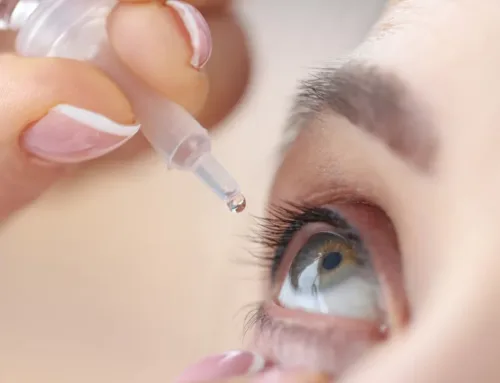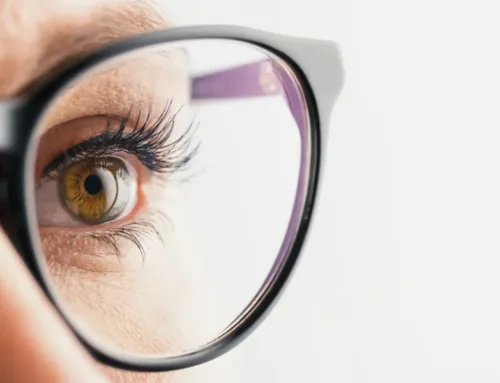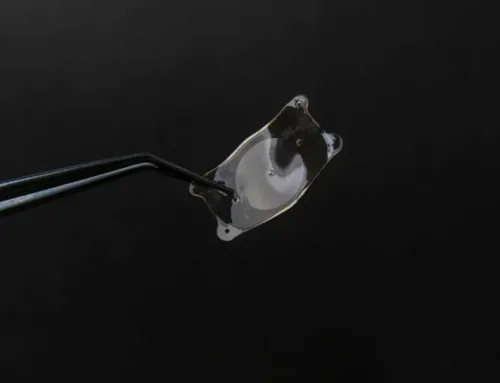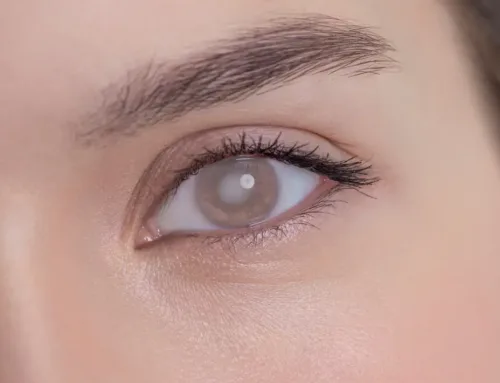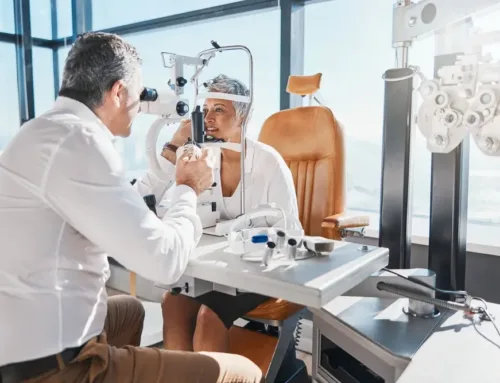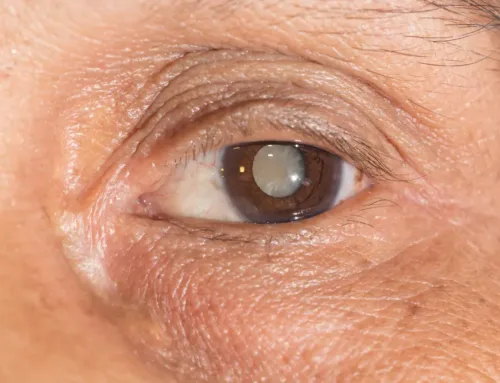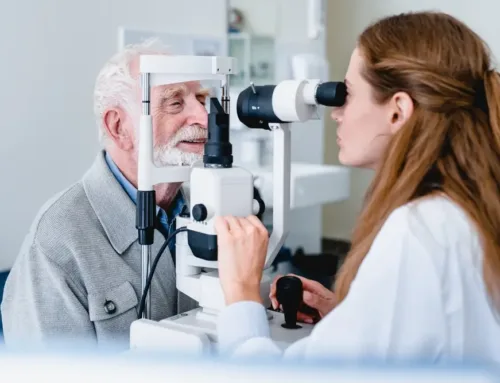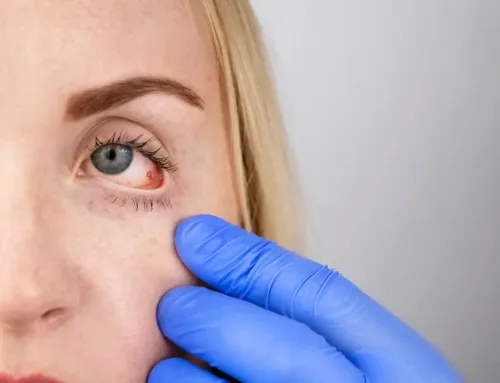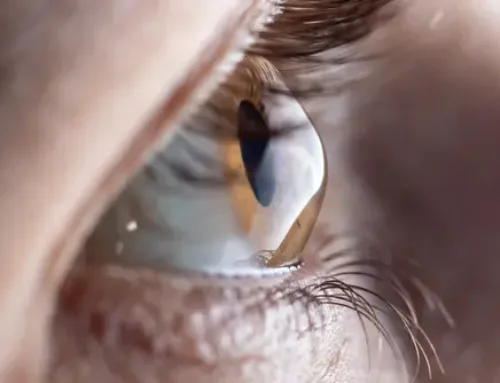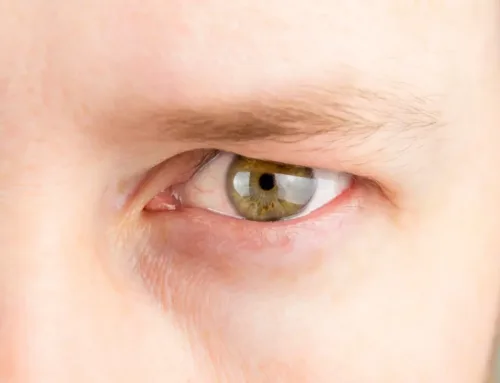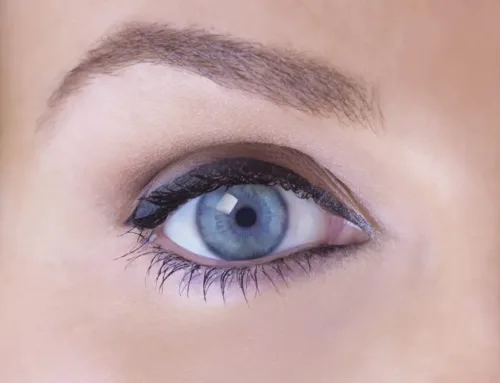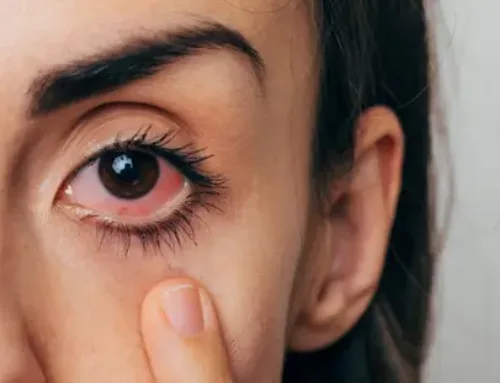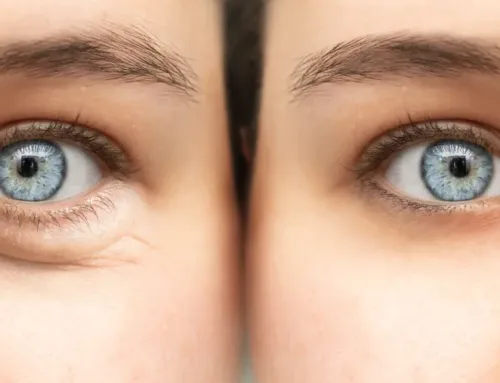November as the diabetic eye disease month aims to spread and increase awareness of diabetic eye disease and diabetes. It is a special time to encourage everyone with diabetes to visit their doctors for treatment of their vision problems.
People with diabetes have a high risk of losing sight and becoming blind due to diabetic eye disease. Thus, health professionals ought to raise awareness about the impact of diabetes on eye health and educate individuals on how to improve their health to preserve their sight. 
Types Of Diabetic Eye Diseases
Diabetes affects vision in different ways. Below are some of the common eye conditions people with diabetes can suffer from:
- Diabetic retinopathy – The leading cause of permanent vision loss or blindness among people with diabetes. It develops when the blood vessels in your retina get damaged due to high blood sugar levels. As a result, the retina loses blood supply. When this occurs, abnormal blood vessels that easily break and bleed often grow. They lead to significant and sudden vision loss.
- Diabetic macular edema – This condition causes a fluid buildup in the macula, causing substantial problems in your central vision.
- Cataracts – The condition causes your eye lens to form a cloudy layer of protein buildup, causing nearsightedness, blurry vision, and other vision problems.
- Glaucoma- A group of conditions affecting the eye caused by a buildup of eye pressure that damages the optic nerve.
Risk Factors For Diabetic Eye Disease
Various factors can increase your risk of retina damage, diabetic eye disease, and vision loss, such as:
- High cholesterol.
- Obesity.
- High blood pressure.
- Age.
- Smoking.
- Kidney disease.
- Poor blood glucose management.
- Pregnancy.
- Long-standing diabetes.
When To See Your Doctor
Seeing a retina specialist or an ophthalmologist should be a frequent healthcare requirement if you have type 1, 2, or gestational diabetes. It is vital if you have any risk factors because, during the early stages, most people with diabetic eye disease present no symptoms. But with the progression of the disease, you begin experiencing the signs.
The common symptoms people experience include blurred vision, dark spots, flashes of light, and floaters in their sight. Thus, it is ideal to see your doctor early enough if you have diabetes to reduce the risk of your condition worsening and causing diabetic eye disease.
Prevention
Preventative measures are the best and most effective way to preserve your vision and keep diabetic eye disease away. Hence, you need to adjust, including your lifestyle.
Prevent diabetic eye disease by managing your cholesterol, blood pressure, and blood sugar levels. Maintain or achieve a healthy BMI. It is vital to stay active and eat healthily. Ensure you visit your eye expert every six months or annually to get a diabetic eye exam.
Treatments
Your doctor will best treat your condition by addressing its root cause. Doing so is possible by recommending that patients take their medication as instructed. Doctors also encourage exercising and taking of high fiber diet. Medication given through injection, like Lucentis or Avastin, helps treat diabetic retinopathy. Surgery also helps with its treatment.
For more about diabetic eye disease, visit Treasure Coast Eye Specialists at our Stuart or Saint Lucie, Florida office. Call 772-286-0007 or 772-400-2400 to schedule an appointment today.


